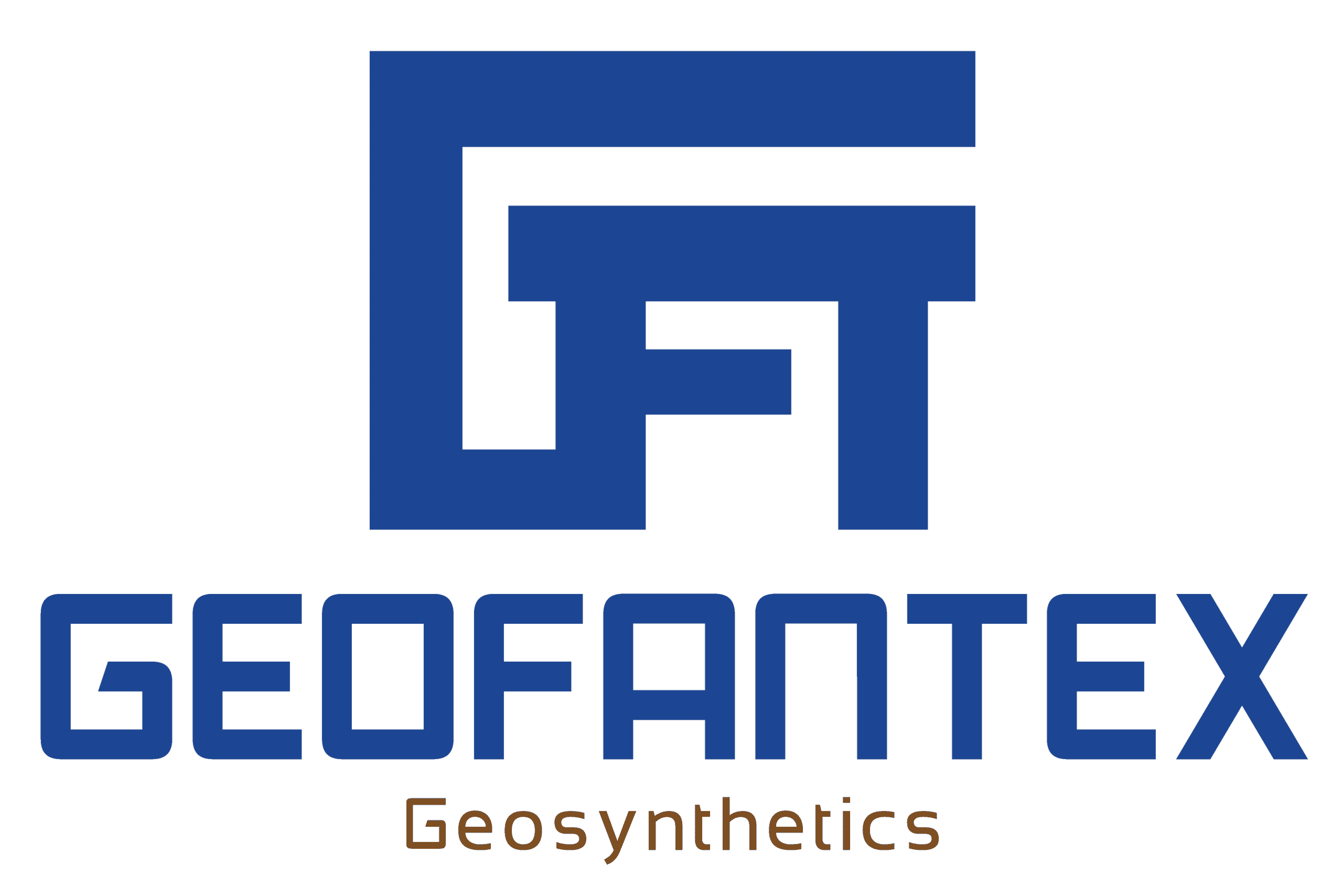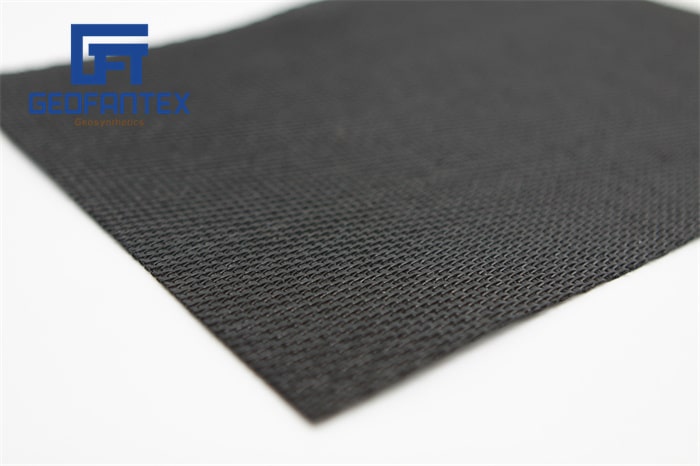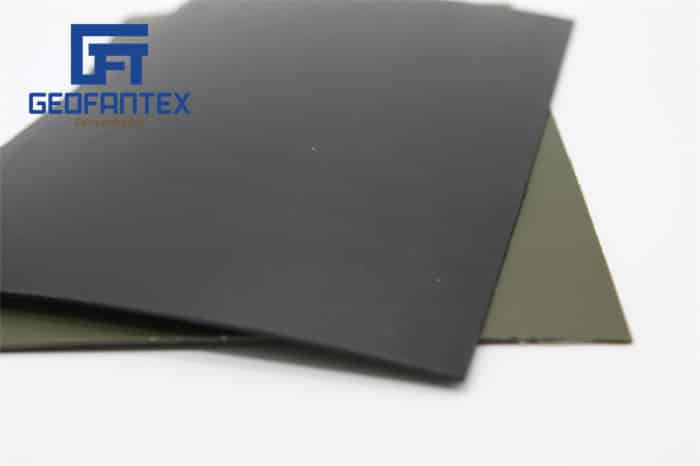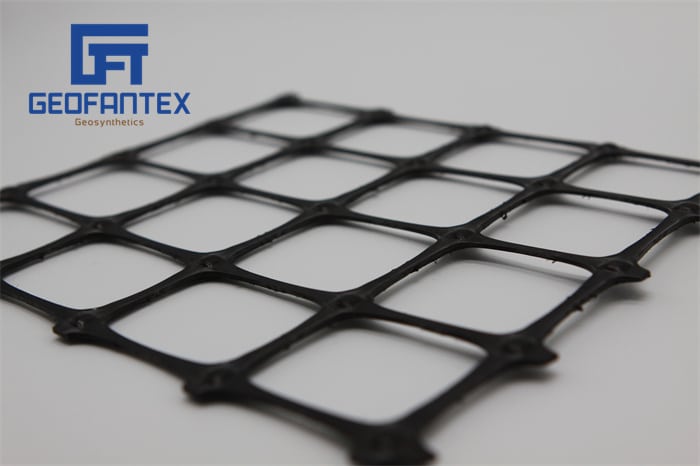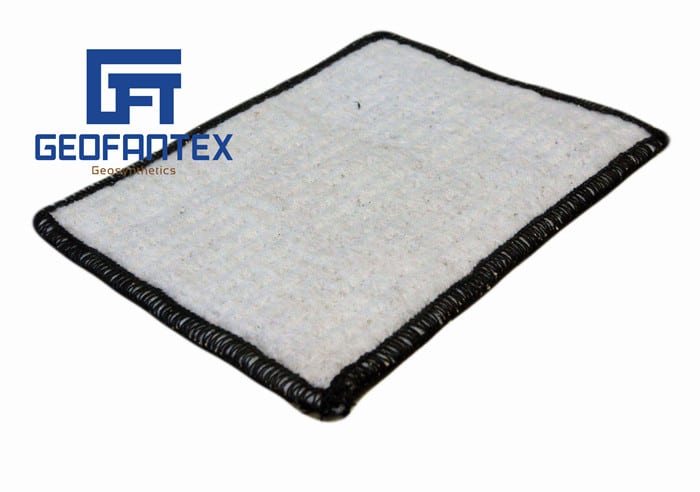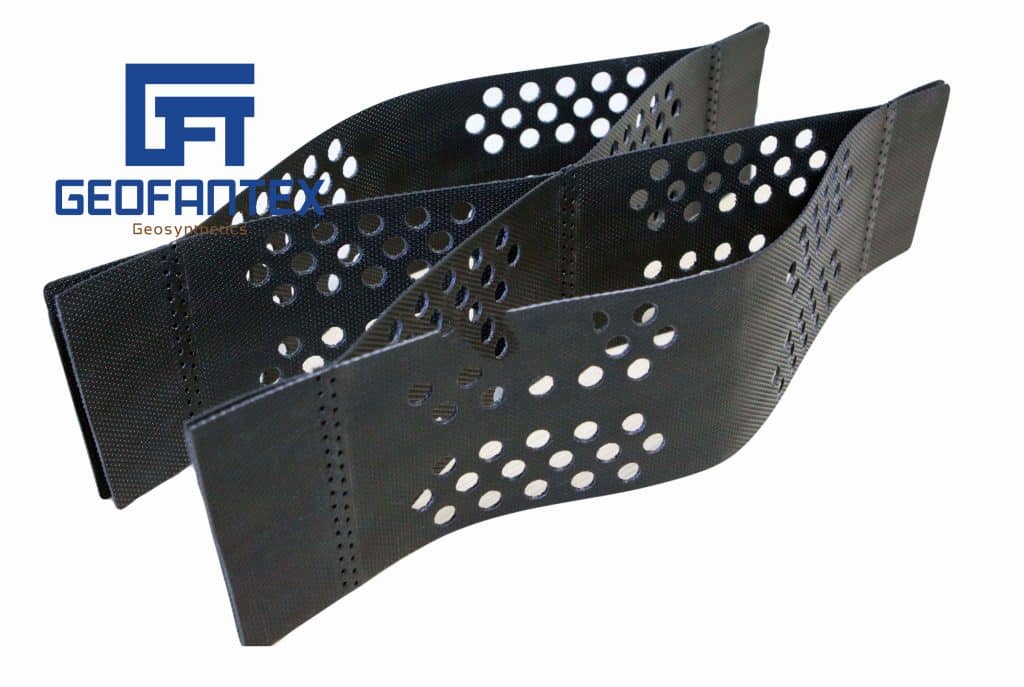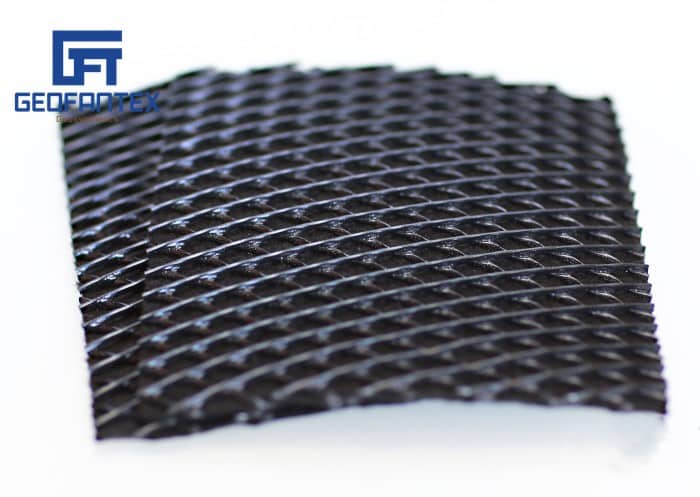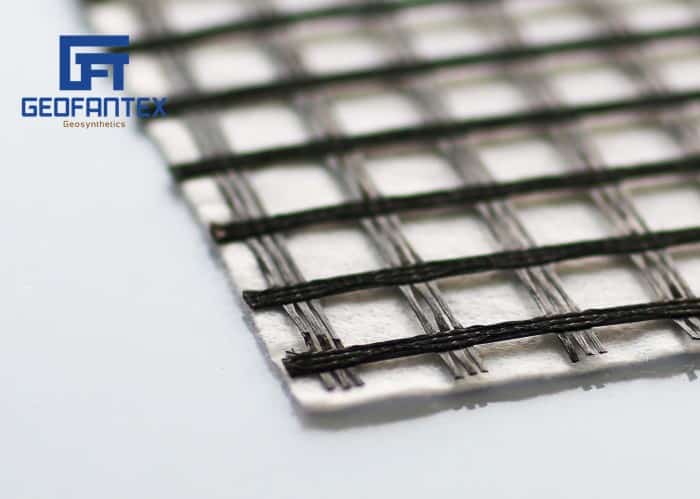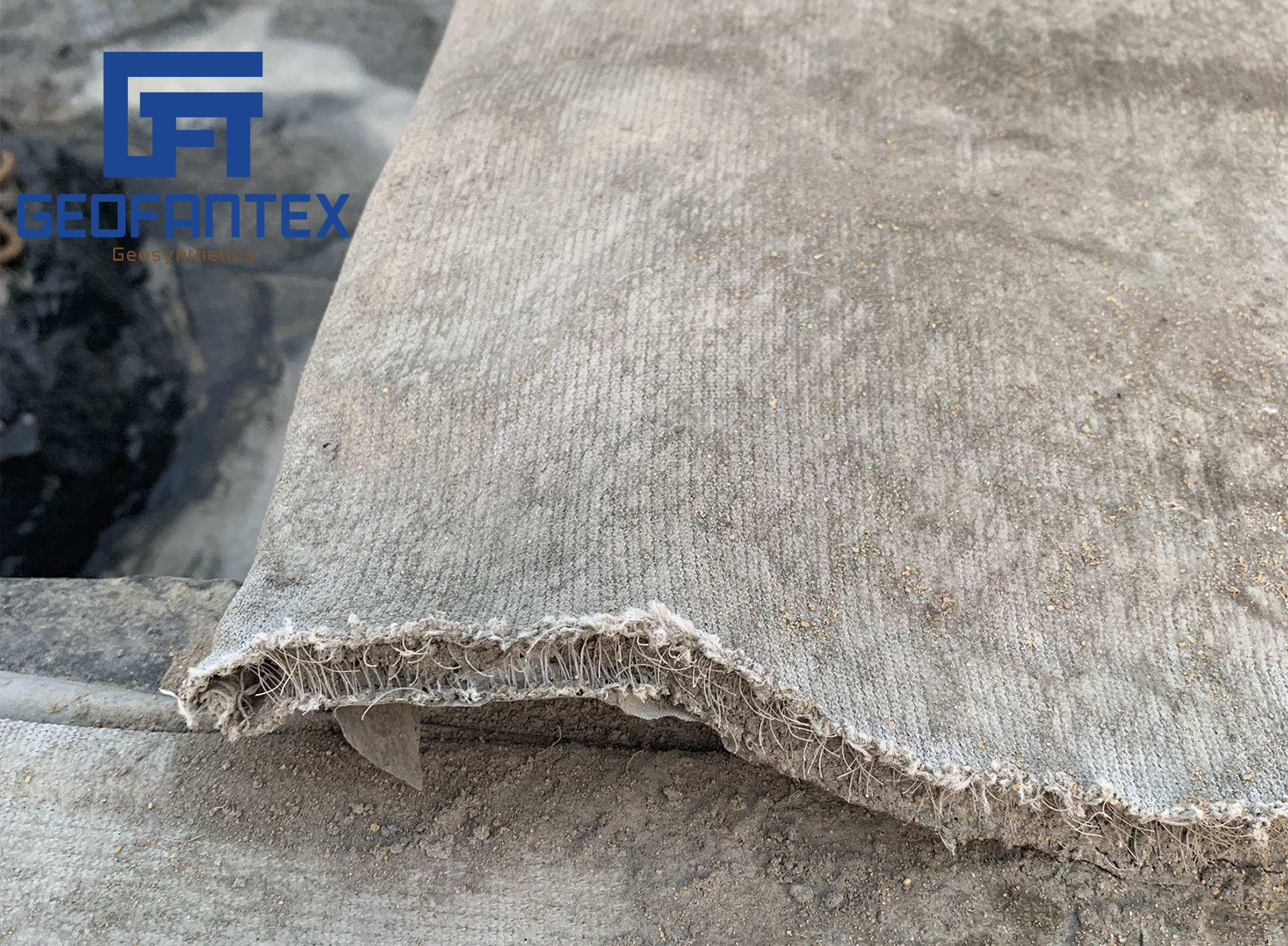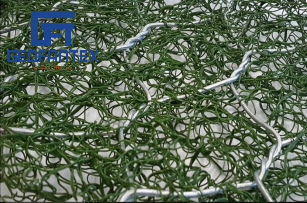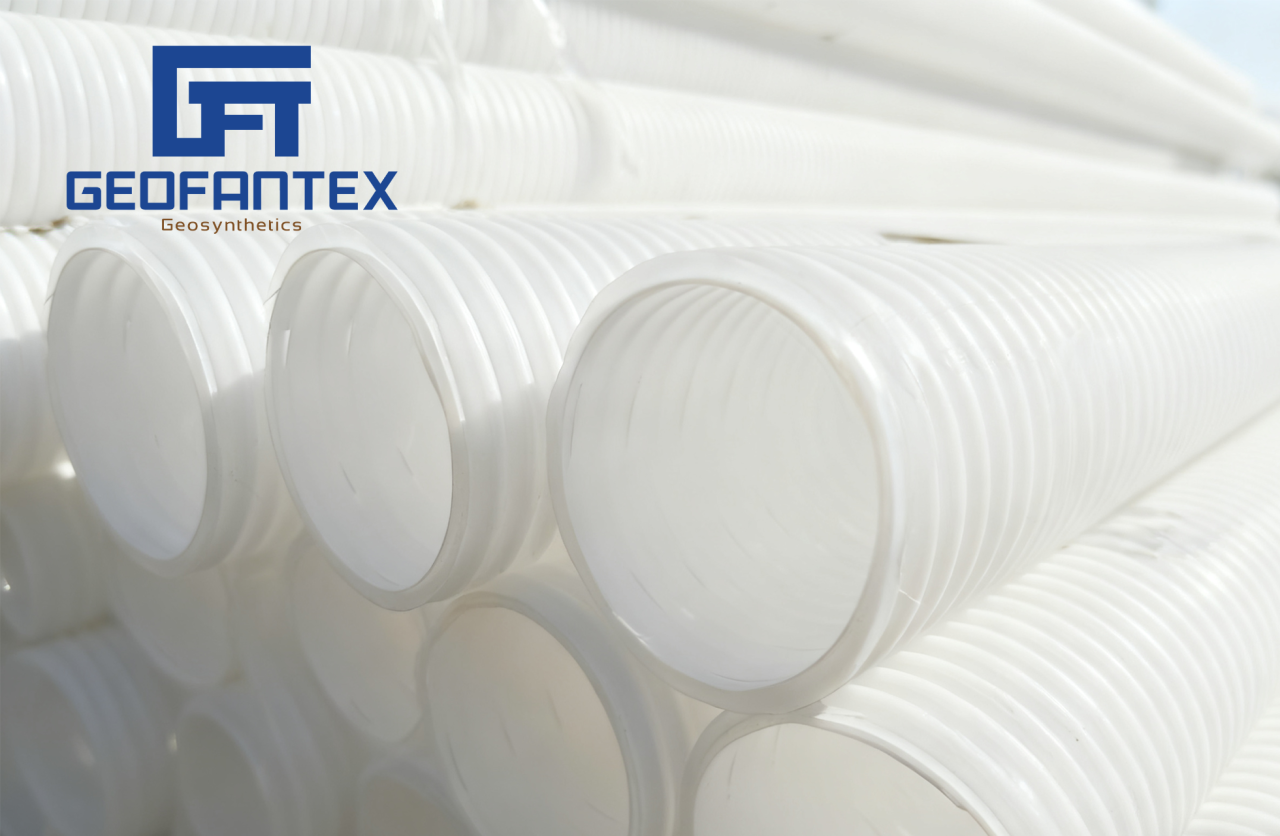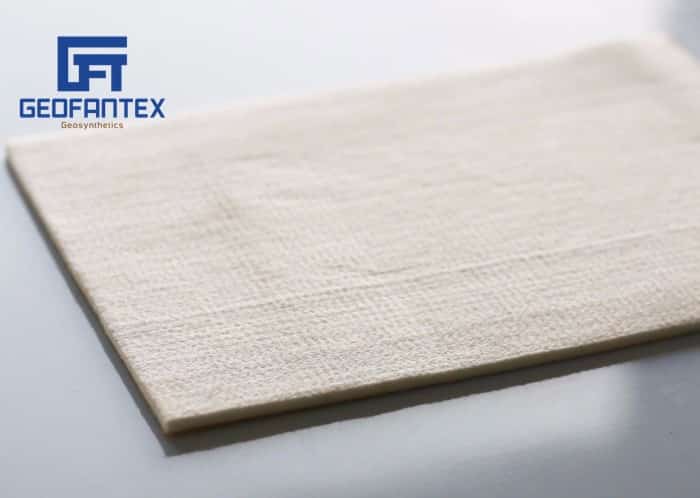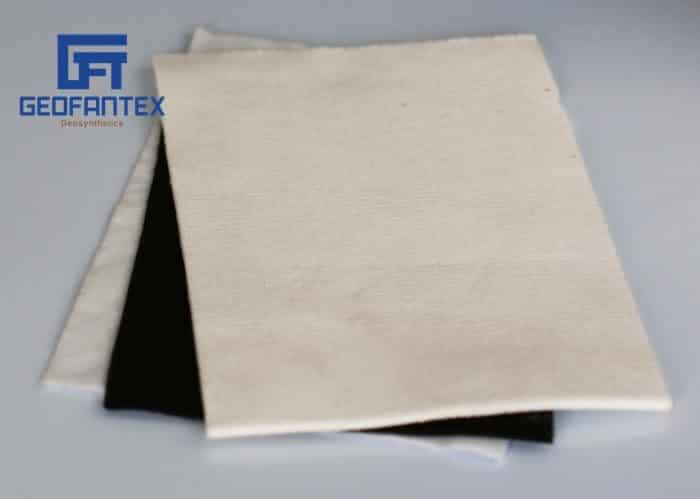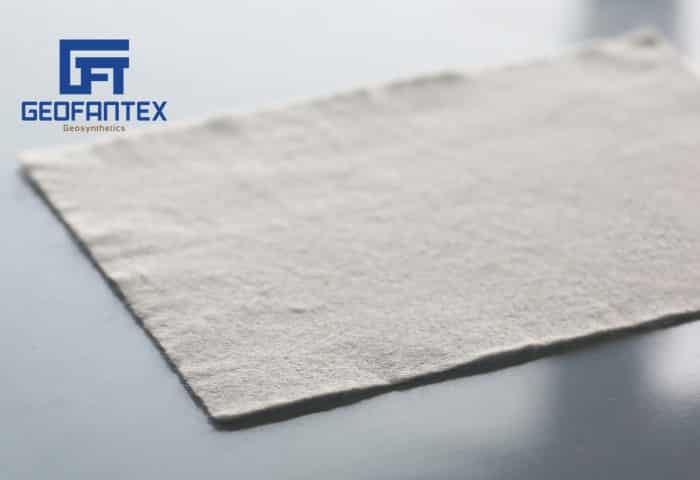+86-159 9860 6917
info@geofantex.com
geofantex@gmail.com
+86-400-8266163-44899
Geosynthetic liner is a crucial material in environmental and civil engineering applications, offering reliable containment and barrier solutions. In this article, we explore core aspects of geosynthetic liner technology through four key questions, helping industry professionals and decision-makers stay informed.
What is a geosynthetic liner and how is it used?
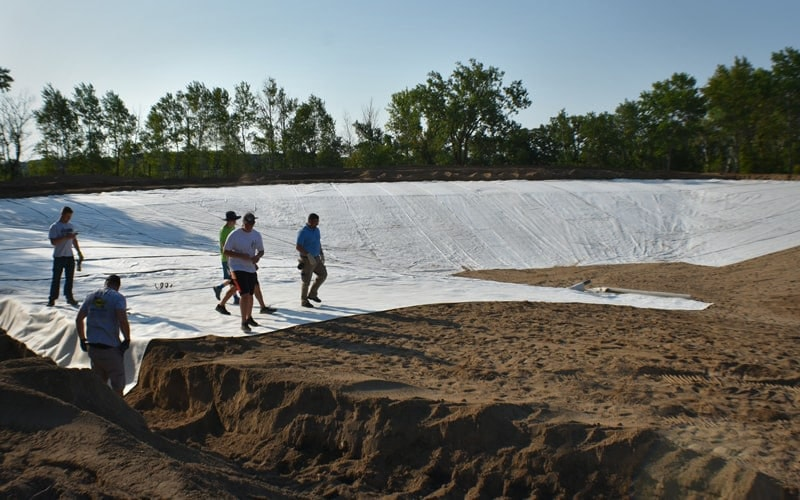
A geosynthetic liner is a synthetic membrane used to control fluid migration in a man-made project, structure, or system. Typically made from materials like HDPE, LLDPE, or PVC, it serves as a barrier in applications such as:
- Landfill lining systems
- Wastewater treatment ponds
- Mining heap leach pads
- Reservoirs and canals
These liners are engineered to resist punctures, chemical degradation, and UV exposure, making them ideal for long-term environmental protection.
How large is the geosynthetic liner market and what are the growth trends?
The global market for geosynthetic liners is rapidly expanding due to increasing environmental regulations and infrastructure development.
According to MarketsandMarkets, the global geosynthetics market size was valued at USD 14.3 billion in 2022 and is projected to reach USD 23.6 billion by 2027, growing at a CAGR of 10.5%. (Source: MarketsandMarkets, 2023)
This growth is largely driven by increasing demand for landfill protection, mining containment, and water conservation in drought-prone areas.
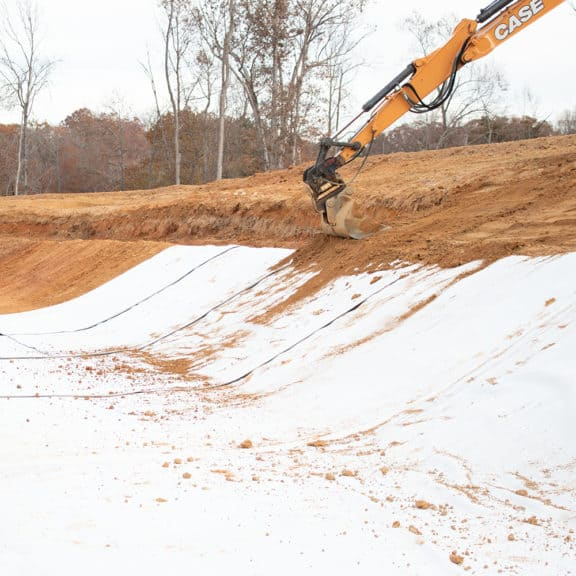
What are the benefits of using geosynthetic liners over traditional materials?
Compared to clay or compacted soil liners, geosynthetic liners offer numerous advantages:
- Superior impermeability, reducing leakage risks
- Lightweight and easy to transport and install
- Greater resistance to environmental stress cracking
- Long service life (often over 30 years)
These benefits translate to lower life-cycle costs and improved environmental compliance for large-scale engineering projects.
What are the key considerations when selecting a geosynthetic liner?
When choosing the right liner for a project, several factors must be evaluated:
- Chemical compatibility with site materials
- Tensile strength and puncture resistance
- Flexibility for installation across irregular terrain
- Climate durability, especially for UV and freeze-thaw cycles
Selecting the appropriate type of geosynthetic liner—whether HDPE for high chemical resistance or LLDPE for greater flexibility—is critical to long-term performance.
As infrastructure and environmental challenges intensify globally, geosynthetic liners have become indispensable in civil and environmental engineering. With the market growing at over 10% annually, understanding the function, selection criteria, and benefits of these materials is essential for project success.

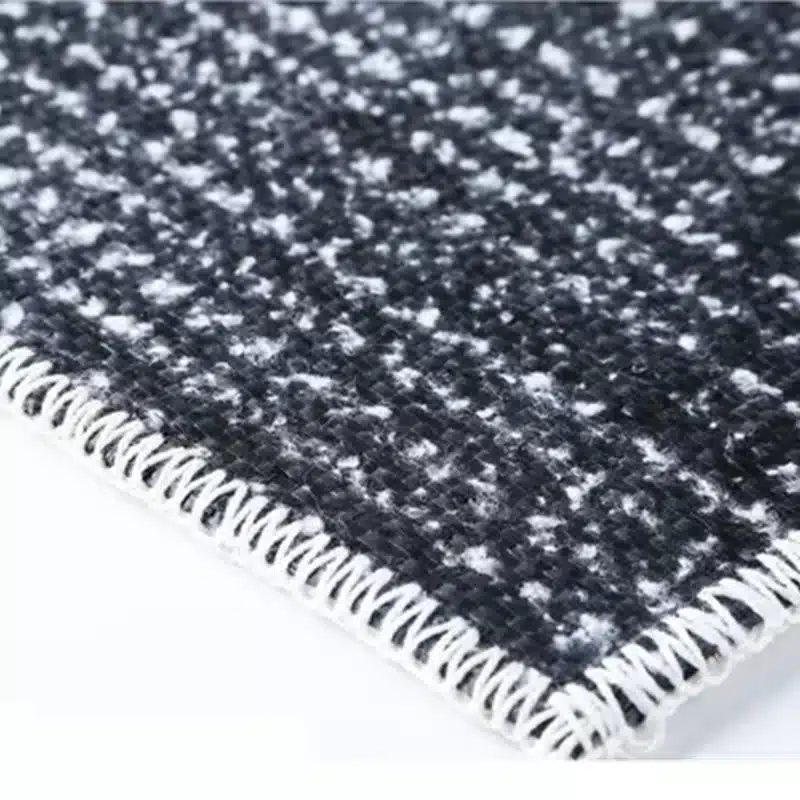
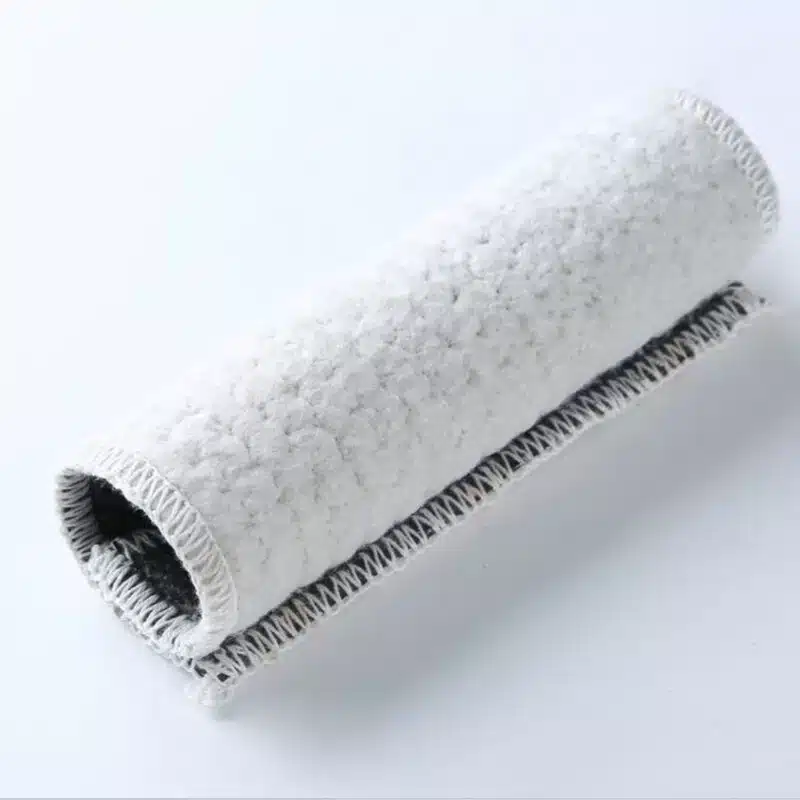
Get Free Sample
We’ll respond as soon as possible(within 12 hours)
